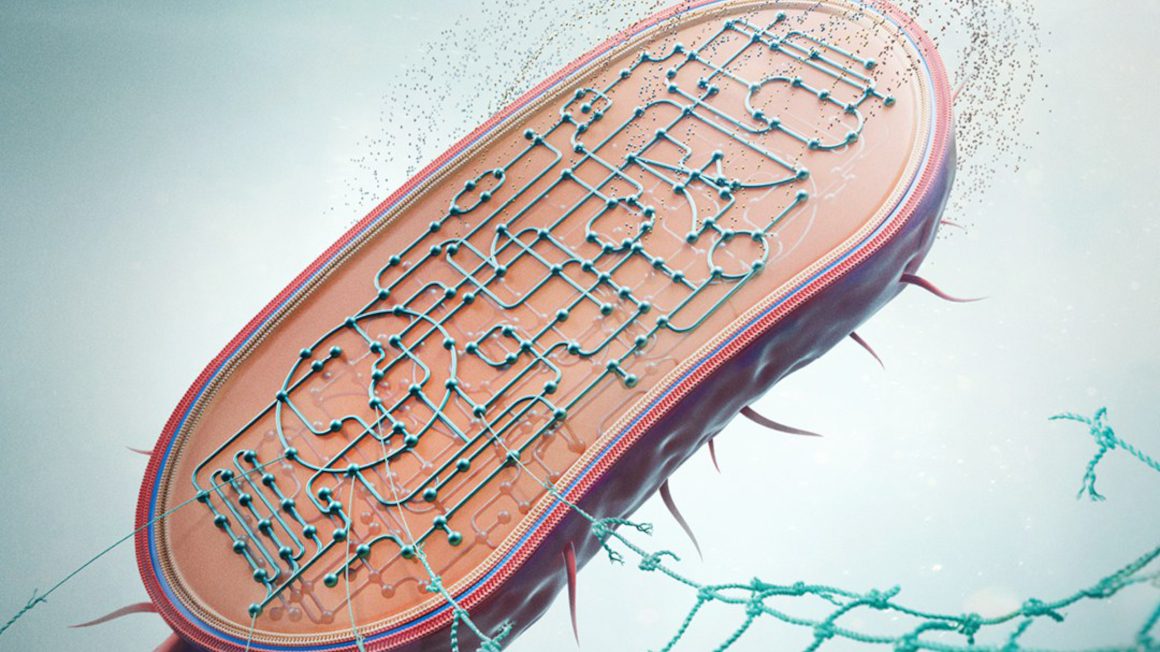Smart sporting clothes with microbes
Sporting goods manufacturer Puma and the MIT in Boston are developing smart and bio-based running shoes and a T-shirt that uses microbes to respond to environmental factors.

Specialised wristwatches and smartphone apps not only measure our exercise performance, but also help to systematically and individually plan our training in advance and thus help improve our performance. By now, these "wearables" are part of the standard equipment even for amateur athletes. But can the athletic performance also be controlled and improved upon by the clothing itself?
Sports shoes that breath and T-shirts that react
These questions are addressed by the German sports clothing label Puma, which is developing new “bio-designed” articles. According to the manufacturer, these bio-based products include a "breathing" sports shoe that develops its own airways for individual ventilation, as well as a smart insole that prevents tiredness and improves the performance of the athletes. Moreover, Puma developed a T-shirt that reacts to environmental factors with the help of bacteria. The bacteria are plastered onto the shirt like stickers and change their appearance according to air quality and other environmental factors.
Industry and research at the fashion show
The new, intelligent sporting clothes are the result of a collaboration between the German sportswear company Puma and the Massachusetts Institute of Technology (MIT) Design Labs in Boston (USA). In addition, engineers from the Biorealize platform, a spinoff of the University of Pennsylvania, also helped to develop these smart wearables. The new collection will be presented in mid-April at the Milan Design Week 2018.
Clothes made with microbes
Puma and the MIT Design Lab have been researching biodesign – clothes made from living materials – since summer 2017. Living materials such as algae or bacteria are used to manufacture these products. For example, a soccer jersey could be made of spider silk or a shoebox made of mycelium, the root structure of mushrooms.
Wearables: programmed and personalized
These living, biologically programmable materials may also change shape and structure depending on external conditions and programming. The biologically active, breathing shoe, for instance, allows personalized ventilation by creating its own air channels to keep the foot cool. The adaptive insoles are designed to improve athlete performance through real-time biofeedback. The sole uses organisms to measure long and short-term chemical phenomena that indicate fatigue and well-being. Moreover, the T-shirt with active microbial labels reacts to environmental factors by changing the appearance of the labels, thereby informing the user about the quality of the air or other factors.
jmr


